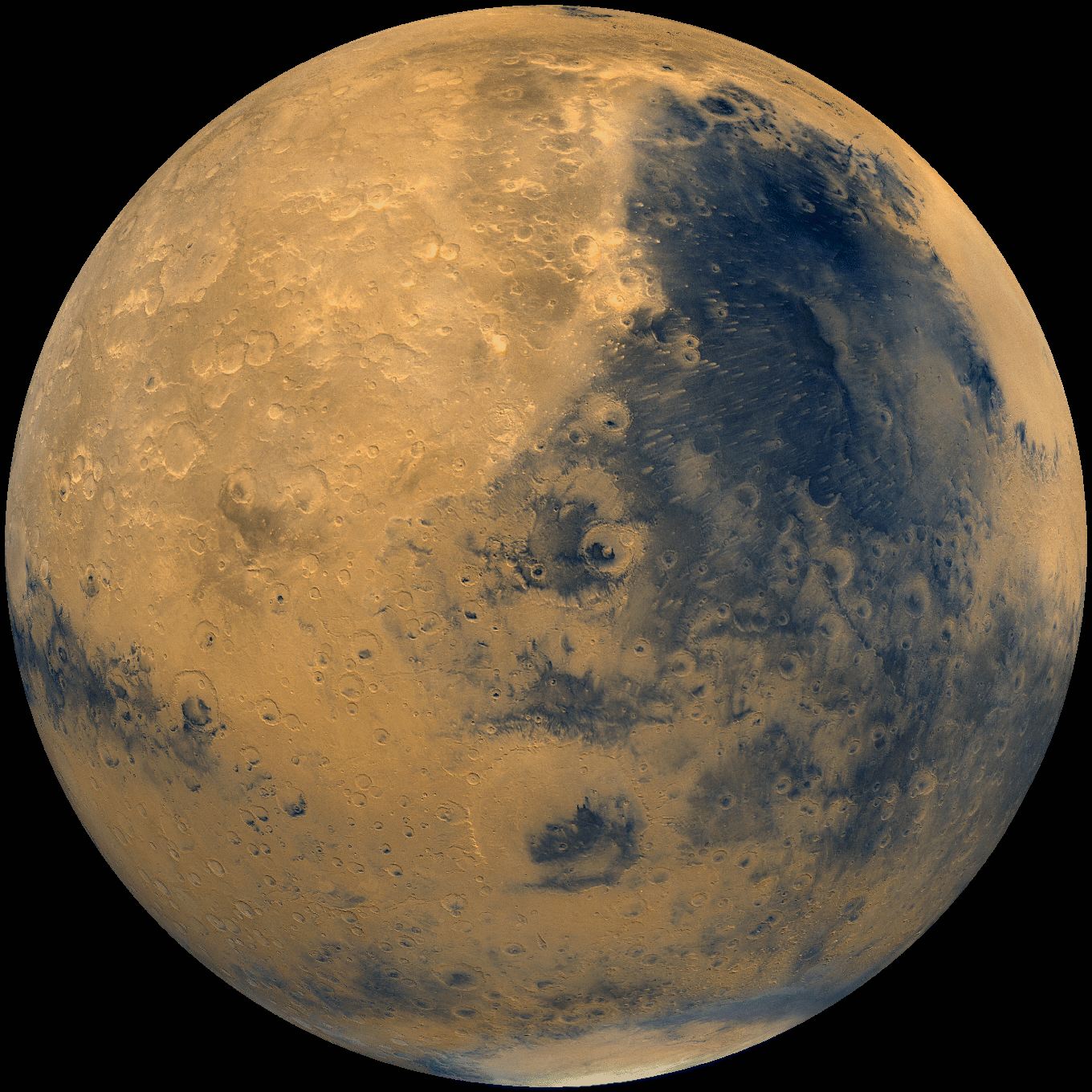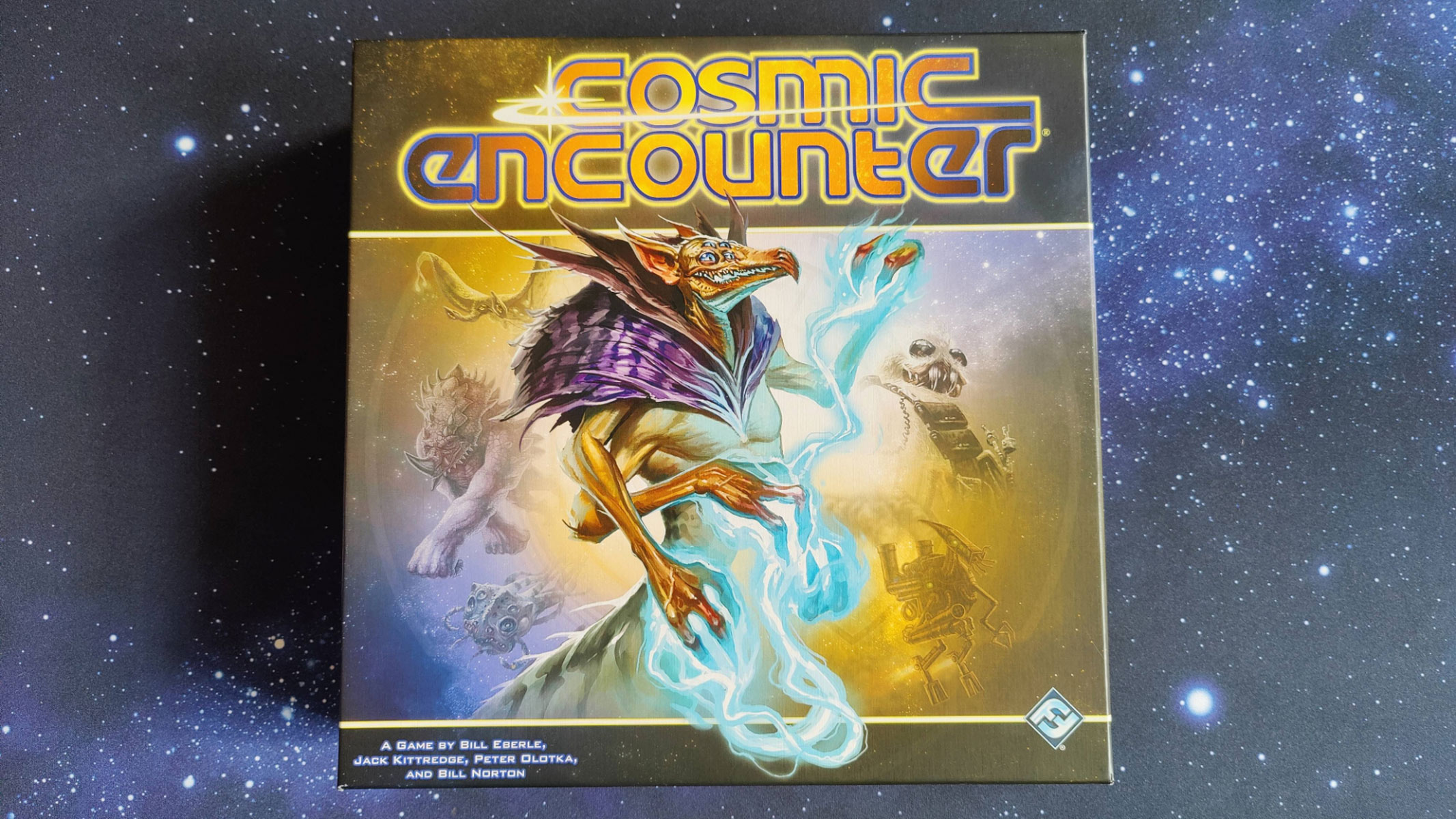Mars Data Sheet

Please see our updated Mars Reference Page.
More Mars Resources | Mars Rovers Resources
The fourth planet from the sun has always captivated our imagination, and while scientists haven't proven there's any life, not even the microscopic variety, the dusty red planet still commands our attention (and a lot of space missions).
On the planet
The surface of Mars is more interesting than most planets. Like Mercury, Venus and Earth, Mars is mostly rock and metal. Mountains and craters scar the rugged terrain. The dust, an iron oxide, gives the planet its reddish cast. A thin atmosphere and an elliptical orbit combine to create temperature fluctuations ranging from minus 207 degrees Fahrenheit to a comfortable 80 degrees Fahrenheit on summer days (if you are at the equator). Researchers have recently monitored huge storms swirling on Mars (like this one). The storms are very similar to hurricanes on Earth.
Mars has two moons, Phobos and Deimos.
Is there water?
Get the Space.com Newsletter
Breaking space news, the latest updates on rocket launches, skywatching events and more!
Mars was most likely warm and wet about 3.7 billion years ago. But as the planet cooled, the water froze. Remnants exist as ice caps at the poles (as shown here). A recent image of Mars taken by the Hubble Space Telescope shows evidence of water-bearing minerals in large amounts, and scientists say the deposits may provide clues to the planet's water-rich background.
Is there life on Mars?
It has not yet been proven that there is life on Mars. A NASA announcement in 1996 about microscopic life found in a meteorite has failed to convince skeptics, and the search continues.
Mars data (averages):
Diameter: 4,217 miles
Time to rotate: 24 hours, 37 minutes
Orbit: 687 Earth days
Compared to Earth:
Mass: 11% of Earth's
Diameter: 53% of Earth's
Distance from sun: 1.5 times as far
MARS: ROMAN GOD OF WAR
Historical notes
The apparent odd motion of Mars as seen from Earth stumped scientists for centuries, finally leading in the early 1600's to the notion that planets orbited the sun in an elliptical pattern. Percival Lowell, an amateur astronomer who studied Mars into the early 1900s, thought he saw canals that must have been dug by inhabitants. Upon closer examination with modern telescopes and planetary probes, they turned out to be optical illusions.
In 1938, Orson Welles broadcast an Americanized version of a 40-year-old British novel by H.G. Wells — The War of the Worlds. The radio drama was perceived by many as a real newscast about a Martian invasion near Princeton, New Jersey.
Join our Space Forums to keep talking space on the latest missions, night sky and more! And if you have a news tip, correction or comment, let us know at: community@space.com.

Space.com is the premier source of space exploration, innovation and astronomy news, chronicling (and celebrating) humanity's ongoing expansion across the final frontier. Originally founded in 1999, Space.com is, and always has been, the passion of writers and editors who are space fans and also trained journalists. Our current news team consists of Editor-in-Chief Tariq Malik; Editor Hanneke Weitering, Senior Space Writer Mike Wall; Senior Writer Meghan Bartels; Senior Writer Chelsea Gohd, Senior Writer Tereza Pultarova and Staff Writer Alexander Cox, focusing on e-commerce. Senior Producer Steve Spaleta oversees our space videos, with Diana Whitcroft as our Social Media Editor.
